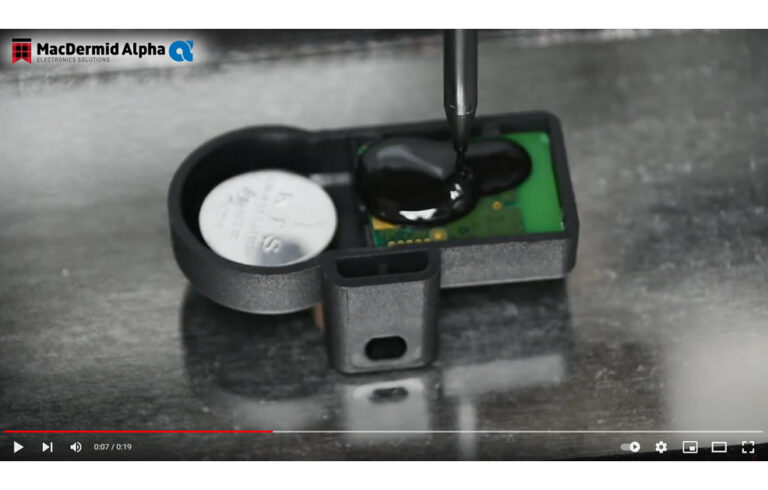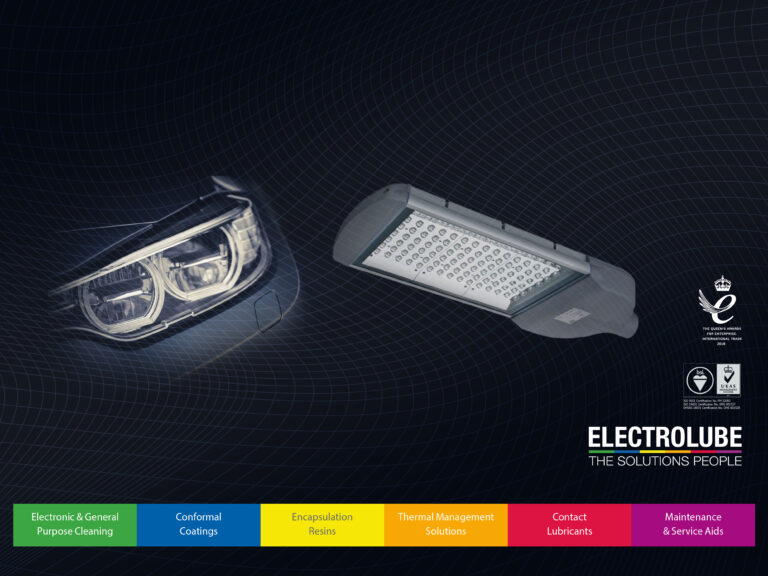Estimated Read time: 490 words 2 mins
Phil Kinner,Global Business / Technical Director for Conformal Coatings – Electrolube
I have quite a few years experience and knowledge of the coatings business, and I’m still learning, but there are certain production related issues that cause problems time and time again, problems that could so easily have been resolved at the design stage. In this blog, I intend to highlight these and, by doing so, hope to get the design guys fully on-side with their production colleagues.

Remember – all solder resists are not created equal!
The adhesion results with conformal coatings can be very varied when utilising what appears to be the ‘same’ spec of solder resist from different board suppliers and this can create havoc during the conformal coating process. A quick and very effective solution to this can be to specify a surface energy of >40 dynes/cm on incoming bare boards and ensure that each incoming batch is religiously tested prior to assembly and rejected if they do not meet this minimum value.
Always leave a buffer…..
Conformal coatings are usually liquid when applied and will flow with a combination of gravity and the capillary forces present. Whether you are masking or relying specifically on selective conformal coating, a production team will be greatly relieved if you leave a buffer of at least 3mm clear between the areas that must be coated areas. This small buffer will make the production process easier and prevent future issues in production.
Simplify, simplify, simplify.
If possible, spend time simplifying the coating process at the design stage. By the simple action of placing as many connectors and components that must not be coated, as possible along one edge of the assembly, the conformal coating application process will be simplified. This will also allow dip coating to be explored as a potential methodology and the net result will be quicker application times and reduced costs. If it is not possible to locate all of these connectors and components along one edge, then keeping them to the edges will simplify the coating process.
Discrete components – the downside.
Large arrays of discrete components represent a massive coating challenge due to the high levels of capillary forces present and the result is often quite disastrous, with areas of no coverage/protection on the board and conversely areas of excessive thickness prone to stress-cracking, de-lamination and other coating defects. Ultimately this will lead to premature failure of the assemblies. Try to avoid this if at all possible!
Is Bigger really better?
Tall components present challenges of their own by the creation of shadowed or hard to reach areas. Splashing, where the coating splashes into ‘keep-out’ areas is another associated problem. Try to avoid siting tall components next to ‘must-coat’ or ‘must not coat’ components/areas to minimise this.
Remember: thoughtful design will pay huge dividends down the line – and the designers among you will have friends for life among your production colleagues by making their jobs just that little bit easier!










